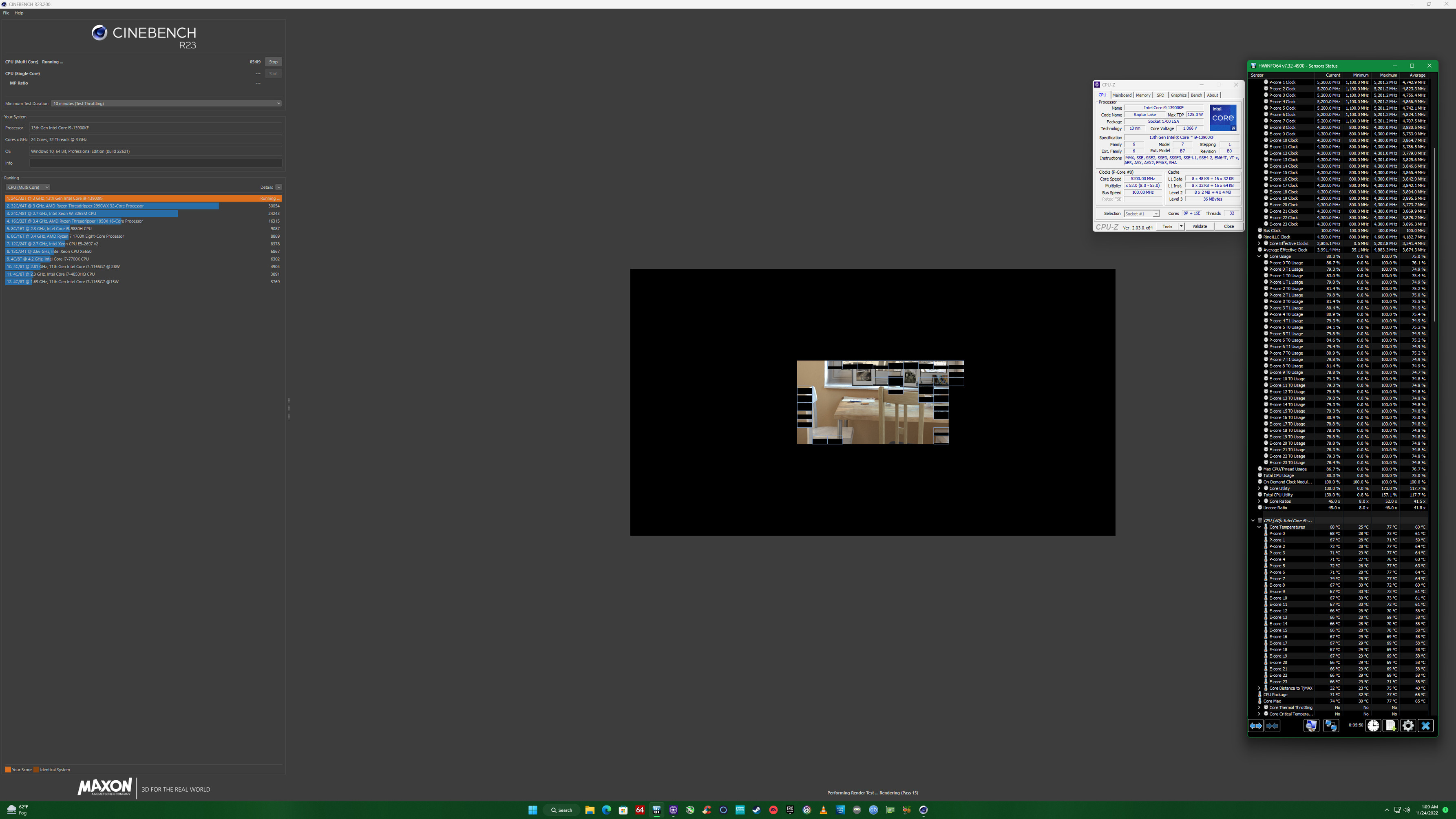It's been a few years since Heat Transfer in college... but here goes, let's discuss.
Look, you can go that route, but you really need to look at what AMD users (in particular Radeon VII users) have had to deal with when operating these products. If you know your heat transfer, you'll know that a surface with variable thermal flux is really challenging to cool, especially if your best material making contact anywhere on the surface is copper @ ~400 w/mK. If all your heat is coming from a relatively small area, and if the heat can't spread well through the silicon immediately adjacent to that hotspot (which it generally can't), then the effectiveness of your cooling solution is significantly diminished vs. trying to cool a hot plate which has the same thermal flux spread out among resistors evenly spaced across the plate. When designing a cooling solution, you can't just move the source of heat flux - that's a given. The only thing you can do is increase the w/mK of your cooling solution. Most of us are stuck with copper for immediate contact with the source of heat flux, not counting the TIM interface.
But to drive home what I am saying, let's consider my Radeon VII for which I have custom water cooling, thanks to a Bykski waterblock, two D5 pumps in series, and a MO-RA3 420 radiator. Complete overkill, right? Okay, great. It's a pretty big die, too.
Using good old Unigine Superposition in default 1080p medium to stress the chip (with a mild undervolt, because Radeon VII is overvolted out of the box), I get the following relevant figures:
Max GPU power draw: 228W
Max GPU temp (bulk): 35C
Max GPU temp (hotspot): 55C
Note that GPU-z is nice enough to track hotspot temperature. Not sure if RDNA2 tracks that, but if it doesn't then color me disappointed. In any case, looking at the GPU bulk temp (idle temp is 27.5C), it would seem the cooling really did a great job. A delta T of only ~8C on a ~230W heat load? Amazing! Ship it. But the hotspot temp tells a different story: AMD's extensive sensor network picked up temps as high as 55C somewhere on the die. Woops. Still okay for a dGPU, but it tells a completely different story from the bulk die temperature. Back when I tried overclocking Radeon VII, I found that even slight increases in voltage caused major increases in hotspot temperature. And the TIM I used (Kyronaut) is reported to fail from repeated exposure to temps higher than 80C, depending on whom you ask. It's also got a reputation for pump-out due to differences in temperature across the IHS/die (in the case of Radeon VII, there is no IHS, but for Raptor Lake there there would be). I try to keep my temps low enough to minimize pump-out and eliminate any risk that the TIM would dry out. This particular installation is over three years old now, so I'm guessing whatever I did, worked.
Now imagine that same phenomenon, but spread out across multiple dice and with an IHS in the way. That's pretty much my 3900X, and I can barely overclock that thing without temps getting out of control. Matisse is kind enough to just report hotspot temperatures (or at least, most monitoring software records just that and reports it as the primary temperature of concern) so that I do not concern myself with anything else. It also rises in temp rapidly beyond a certain point, and that isn't just because of the process (per se), it's also because of the challenges of cooling hotspots. And that CPU never really got over 160W no matter what I did to it.
That's why I was asking if Raptor Lake has hotspots or not, because it is highly-relevant. Currently Raptor Lake is the hungriest CPU you can buy, and it does push a lot of cooling solutions to their limits; at the same time, I'm reasonably certain that my current cooling setup would be more-effective in helping Raptor Lake achieve higher clocks than on my old 3900X due to the centralized source of heat flux (only one die) and (maybe) the absence of prominent hotspots. That being said, it's even easier for my cooling setup to handle Radeon VII due to the larger die size, even if the heat flux is about the same. But the hotspots really prevented my Radeon VII from gaining serious clocks/voltage at higher volts, which (combined with driver problems wrt overclocking) was always a disappointment.



